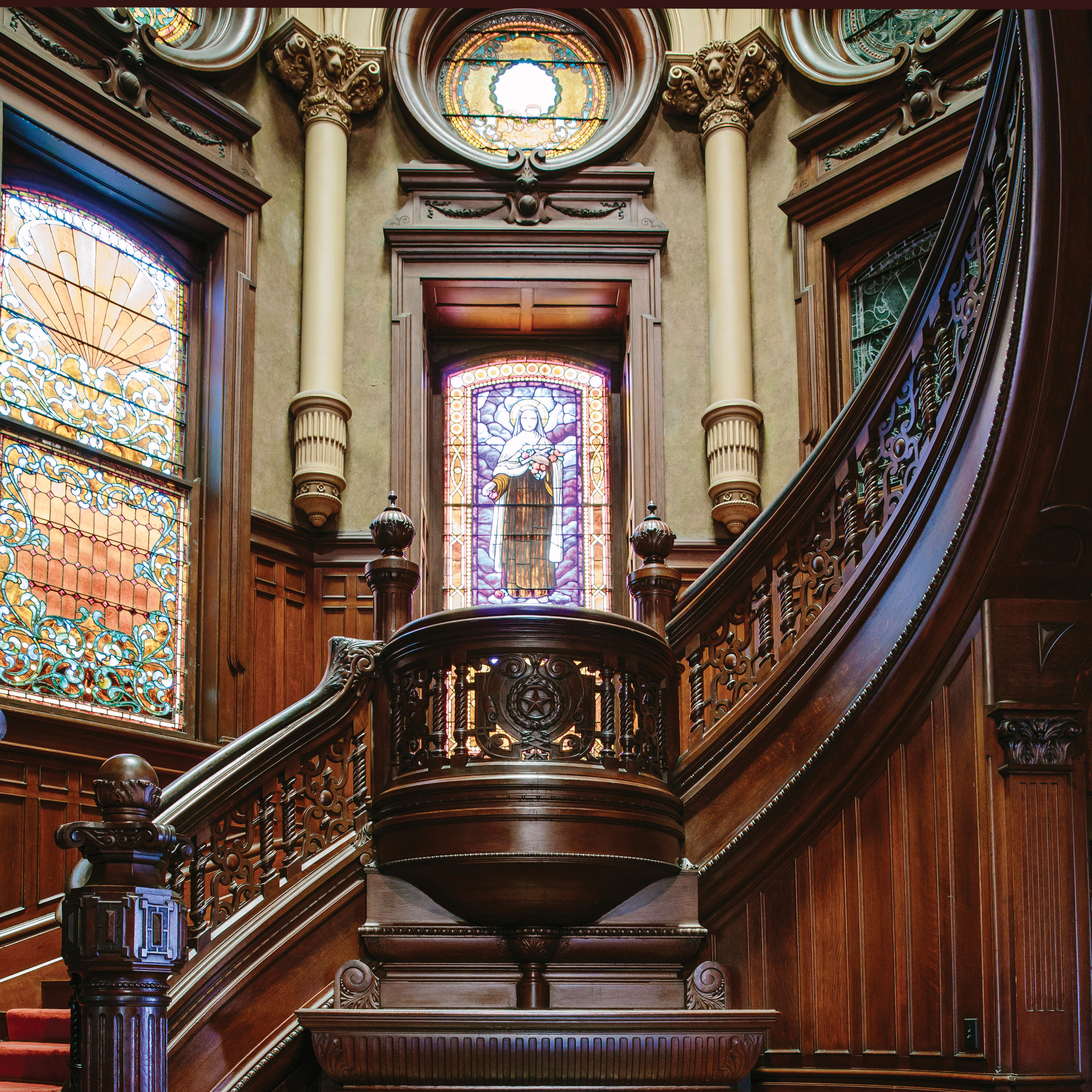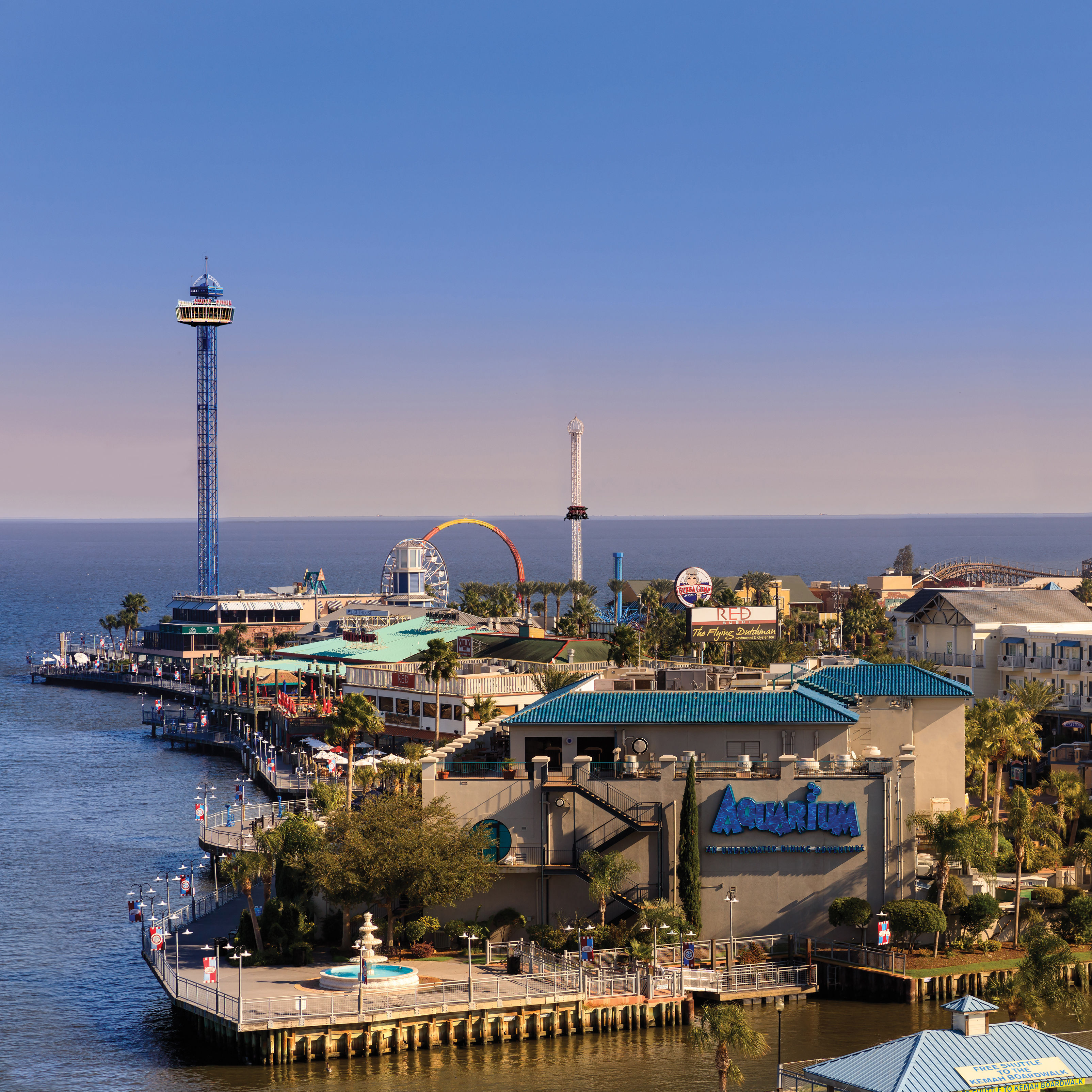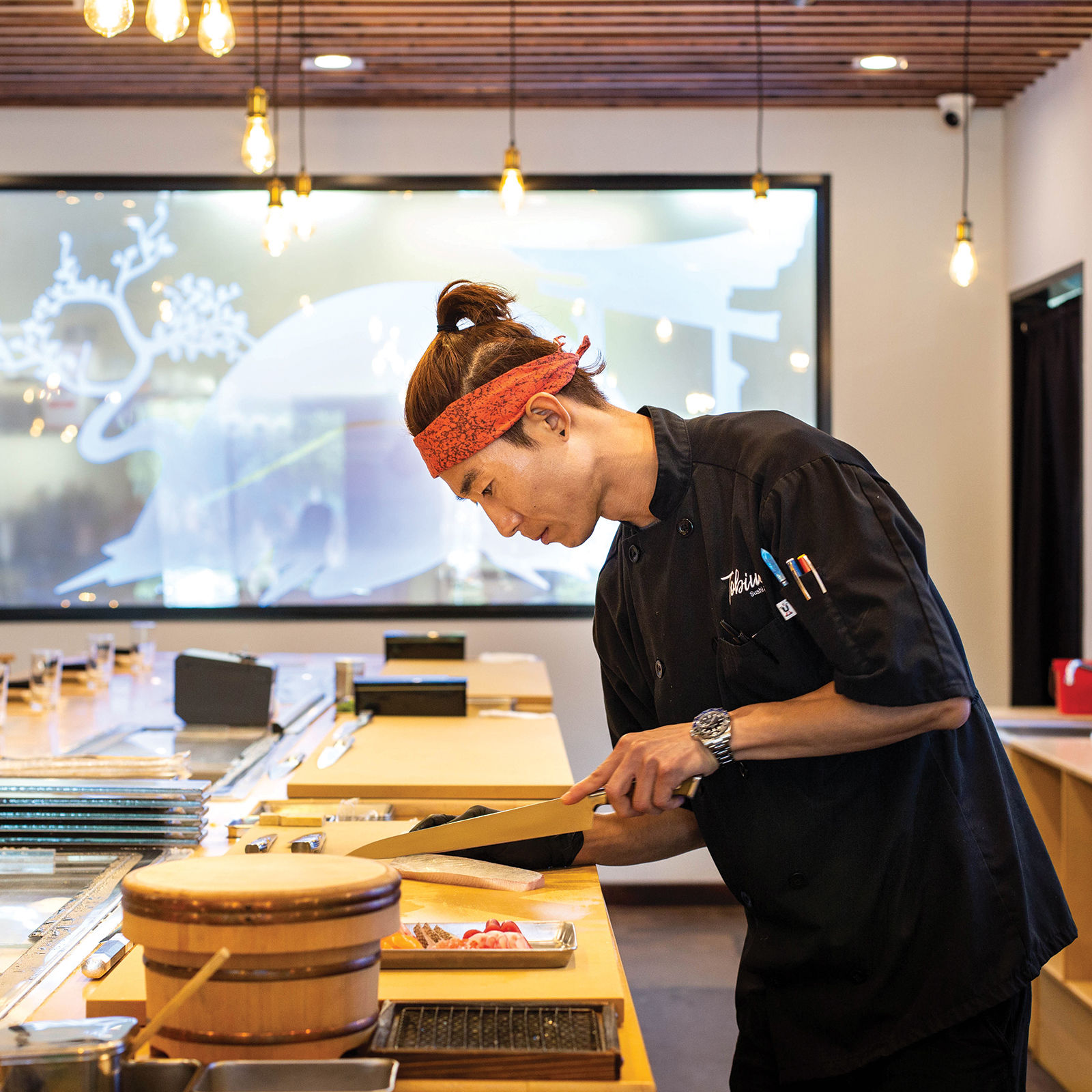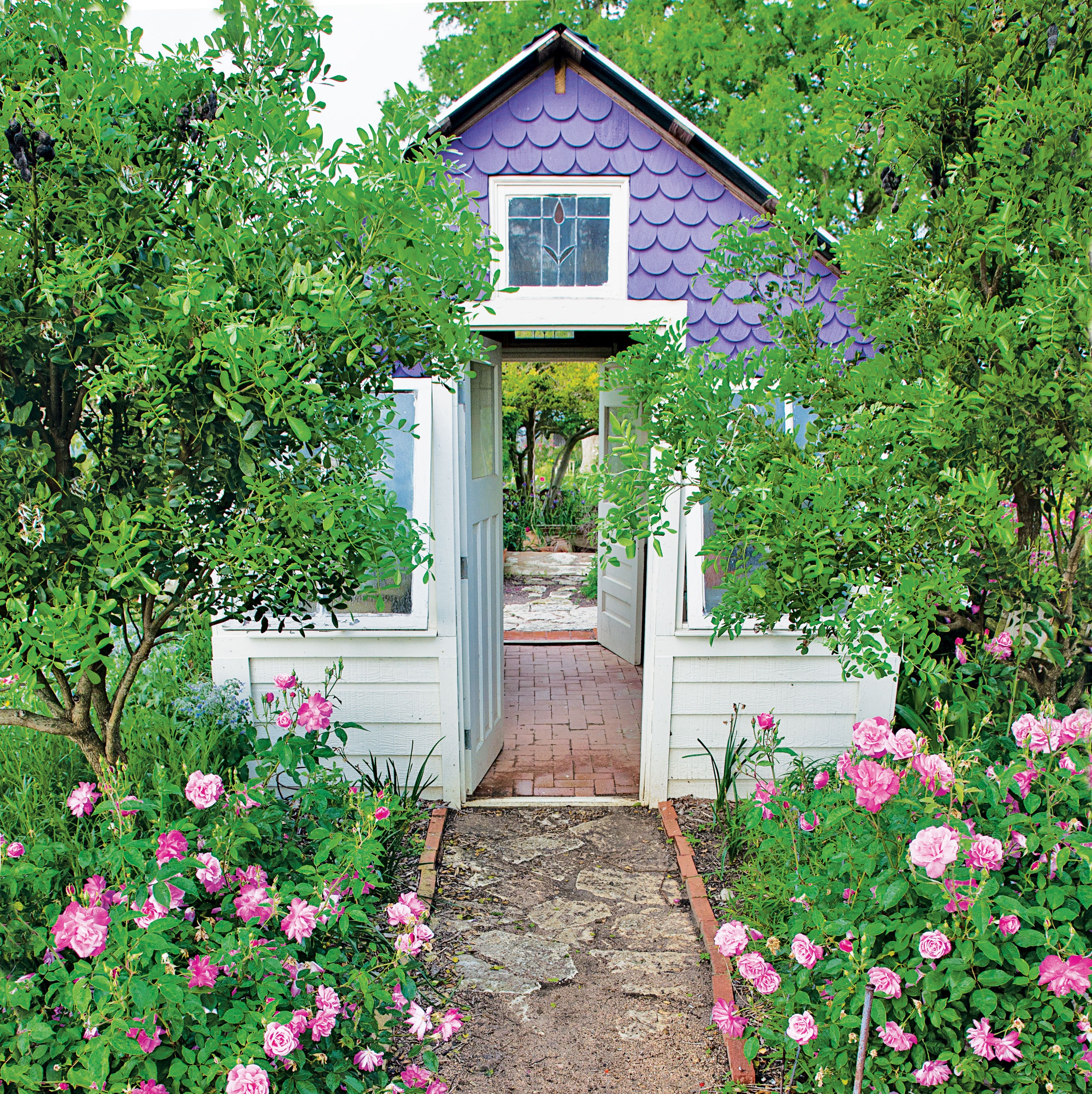Learning About Texas History In Beaumont
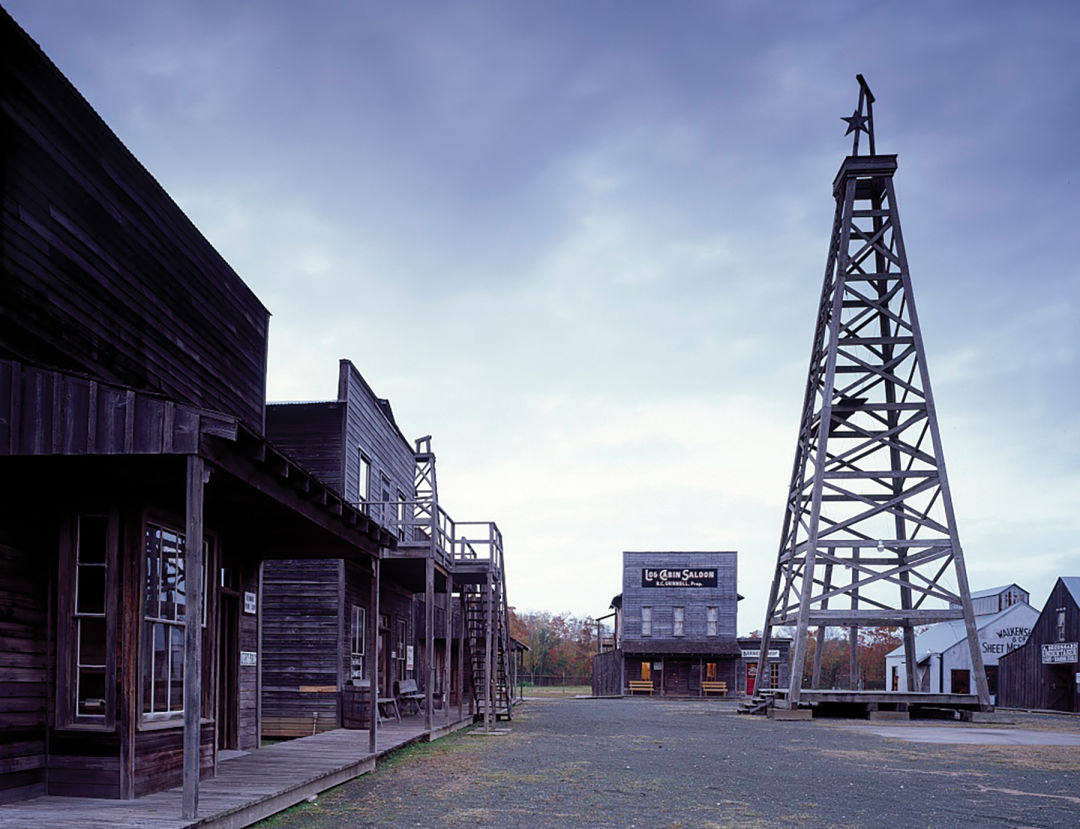
At the Spindletop Museum, Beaumont as it was.
Image: Francis J Trost
The locals laughed outright when I explained why I’d decided to take a day trip to Beaumont. I’d stopped at Rao’s Bakery and Coffee Café for a cup of gumbo, a coffee, and some legit cannoli, and we’d struck up a conversation.
“You came here to see the history? Are you sure you didn’t just take a wrong exit?” asked Tony, a retired chemical plant worker whose family has lived in the town for generations. His brother Joe and their buddy Sam shook their heads. “I’m assuming you started with Spindletop then?”
He assumed right. That morning I’d motored roughly 90 miles east on I-10 to visit the Spindletop-Gladys City Boomtown Museum ($5) at Lamar University. Beaumont, established in 1838, was little more than a wide spot in the road when the Lucas gusher—aka Spindletop—came to roaring life in January 1901, shooting oil 100 feet into the air and, almost overnight, swelling the town’s population from 9,000 to more than 50,000. The actual wellhead site is marked by a flagpole in Spindletop Park.
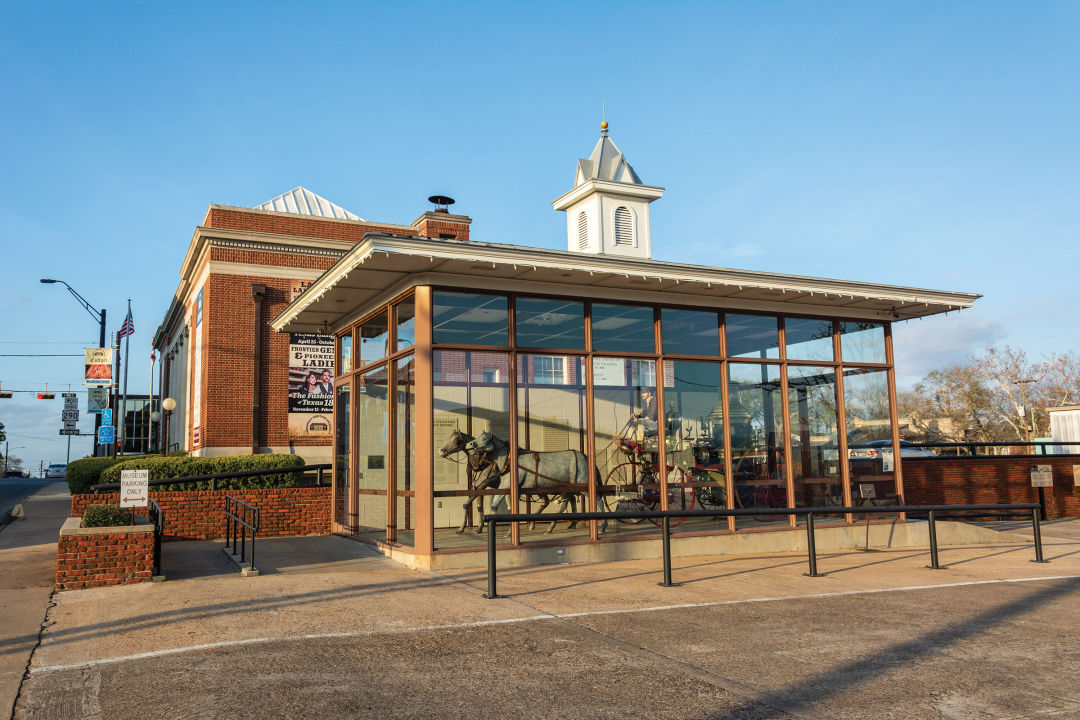
Walking the museum’s wooden sidewalks, I’d prowled through its model town, constructed in 1976, featuring replicas of the hastily constructed general stores, barbershops, and saloons that took over Beaumont during those frenzied boomtown days. The tumult of that time—when beds were so scarce that speculators rented out barber chairs for the night, paying exorbitant rates in cash and sleeping with valises packed with thousands of dollars chained to their ankles—was palpable.
I finished my lunch and bid my new friends at Rao’s goodbye before buzzing by the streets where, legend has it, Mildred “Babe” Didrikson Zaharias used to jump the hedges while practicing her long jump, on my way to visiting her namesake Babe Didrikson Zaharias Museum. She’s far from famous these days, but the lanky Beaumont native became a household name in 1932, after taking home two gold medals in track and field at the Los Angeles Olympics. The museum, which is utterly engrossing, includes her childhood in Beaumont, her storied Olympics performance, and her forays into the vaudeville circuit and tennis, baseball, and golf.
Then it was on to downtown to check out the Fire Museum of Texas, which occupies a cavernous old firehouse built in 1927 and traces the evolution of firefighting from the early days when volunteers hauled wagons themselves and got beer money for their troubles, to the advent of horse-drawn outfits in the first part of the 20th century, to today. From there I popped into the Texas Energy Museum, which explains nothing less than the entire history of oil with audio-animatronic figures—yes, I absolutely recommend it.
All told, it was a wonderful day exploring the town’s often-overlooked museums. And as I drove back to Houston, I was delighted to realize that I’d spent only $5 in admission fees.

Rao's
Image: Courtesy of Rao's
What to Instagram
- The Spindletop-Gladys City Boomtown Museum is the place, complete with a real working blacksmith and old-school oil derricks.
If You Spend the Night
- The Hilton Garden Inn is comfortable and convenient to Beaumont’s museums.
Where to Eat
- Rao’s Bakery and Coffee Café has been providing locals with outstanding baked goods since 1941.
- Al Basha Mediterranean Grill is known for its excellent hummus and falafel.
